Hello, Cate Blanchett fans!
They released a behind the scene look for Nightmare Alley with new footages and interview from some of the cast and crew. Final production notes has also been released and we narrowed it down to topics where Cate and Lilith Ritter is mentioned. Read below.
Screencaptures


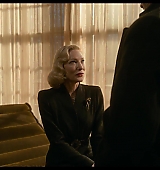

Production Notes on Nightmare Alley

ABOUT THE PRODUCTION
“I was very interested in a story about destiny and humanity. Stanton Carlisle is a man who is given all the
elements to change his life. He has people who believe in him, who love him and trust him. Yet his drive
and his own hubris are so strong that they turn him away from that.” – Guillermo del ToroWith Nightmare Alley, visionary storyteller Guillermo del Toro journeys into the most arrestingly dark, sweeping and realistic world – the cinematic world of film noir. The film moves from the inner circle of a 1930s traveling carnival, a realm of shocks and wonders, to the halls of wealth and power where seduction and treachery reside. At its core lies a man who sells his soul to the art of the con. This is Stanton Carlisle (Bradley Cooper), a drifting hustler who transforms himself into a dazzling showman and manipulator so masterful he comes to believe he can outwit fate. As Stanton makes his delirious rise, del Toro tracks a reckless American Dream running off the rails.
Del Toro’s film is based on William Lindsay Gresham’s fatalistic novel published in 1946 about a charismatic huckster consumed by uncontrolled ambition. Naturally drawn to the macabre and profoundly human world of carnival sideshows, del Toro saw Gresham’s novel as autobiographical and wanted to explore the murky lines between illusion and reality, desperation and control, success, and tragedy. He saw it as a cautionary tale about the dark side of American capitalism.
“Nightmare Alley departs from the fantastical elements Guillermo is known for creating,” adds del Toro’s frequent collaborator, producer J. Miles Dale. “But he brings to this new territory all his storytelling skills and design prowess. Ultimately, he tells the story of a man hoisted onto his own karma. One of the film’s most powerful themes is that no man can outrun himself.”
Within Nightmare Alley, there are seething layers of corruption, vice, lust, betrayal, and cosmic absurdity that build as Stanton learns to cynically prey on the human need to believe in something outside themselves and our world. Del Toro avoids the trademark visual aspects of noir, keeping the story speeding forwards, as Stanton’s life becomes a harrowing circle. Says del Toro, “I wanted to render a classic story in a very alive and contemporary way. I wanted people to feel they are watching a story pertinent to our world.”
Indeed, in its visceral realism, the film takes on the urgency of a moral fable—a of fate’s bill coming due, structured to end with a bang. “When an audience is invested in the story of a person’s rise, their greatest fear is the fall and that fall can be very emotionally strong,” says del Toro. Cate Blanchett, who brings a mix of strength and smoldering heat as the film’s reverse femme fatale—the brilliant, avenging psychoanalyst Dr. Lilith Ritter—was drawn to those emotions. She sees the story as a cautionary tale, one as class conscious as it is attuned to psychological demons, and one very much about how contempt and dread can obliterate all, even love.
“Nightmare Alley is about fear, about greed, and it’s about manipulation. It has all the dark underpinnings of what seems to be a very polite society. The world of the carnival might have some trickery and deceit, but it has the beating heart of a true community. It is the high society in this film that is far more threatening and terrifying,” adds Blanchett.
The ambitious shoot began in early 2020 with an all-star ensemble led by Cooper, Blanchett, Toni Collette, Willem Dafoe, Richard Jenkins, Rooney Mara, Ron Perlman, Mary Steenburgen, and David Strathairn.
THE CHARACTERS
“There are only two stories that are worth telling in any form: a character that wins everything and a character that loses everything.” – Guillermo del ToroCATE BLANCHETT as DOCTOR LILITH RITTER
Cate Blanchett, a two-time Academy Award® winner and among the most wide-ranging of contemporary actors, has played multiple real-life icons–Katharine Hepburn, Queen Elizabeth, even Bob Dylan. She has starred in Carol, Blue Jasmine, Elizabeth: The Golden Age, Notes on a Scandal, I’m Not There, and The Aviator, among many others.
In Nightmare Alley, Blanchett pulls off a sleight of hand, channeling a classical, “Golden Age of Hollywood” energy as the film’s frostily seductive femme fatale and then turning that trope on its head. Blanchett’s Dr. Lilith Ritter is a sharp-as-nails Freudian psychoanalyst who sizes up Stanton quickly as a broken psyche beneath his suave act, but also as a very dangerous man she has the game to outmaneuver and take down for good.
“Stanton and Lilith’s clash is epic,” says del Toro. Adds Dale, “Lilith has her own dark past that she’s trying to avenge and she’s very smart. It was really like a battle of the titans watching Cate and Bradley working together as two equally brilliant manipulators.”
Blanchett sees Lilith as the last in the continuum of women who each make their mark on Stanton. “Nightmare Alley is a trip into a dark night of the soul. But in that darkness, there are three beacons of truth in three different women he meets – Molly, Zeena, and Lilith,” she observes.
She wanted to play up Lilith as an enigma, one Stanton can’t solve, despite his studies of human nature. “Both Guillermo and I wanted Lilith to be unknowable and mysterious. At the same time, Guillermo was looking for those little perforations where you might see through Lilith’s many layers to what lies beneath – both physically and psychologically.” That opened a lot of possibilities. “The process of playing Lilith was that every day we’d discover a new, deep, frightening secret,” Blanchett says. “There’s a lot of damage behind what seems to be a calm pristine exterior.”
Like Cooper, Blanchett started at the root level of Lilith’s voice, the voice that pokes into Stanton’s dark corners as he lies on her couch. “I wanted it to be a voice that could go inside his brain. Like a demonic Jiminy Cricket, a noir Jiminy Cricket,” she muses.
Blanchett notes that the fascination between Dr. Ritter and Stanton is not only sexual, though the chemical attraction is palpable. There is also a sense of recognition. “She’s a lone wolf and that’s where she and Stan connect. They are both running from the past, and they can see a similarity between them.”
She continues, “Lilith is also someone who’s interested in both the practical and mystical sides of psychoanalysis, so that’s part of why Stanton intrigues her. She’s trying to work out what makes him tick as she’s a bit of a shaman herself. Their entire relationship takes place in her office, so we thought about that set as being not just a physical space but a psychological space.”
Passion and vengeance are among the unpredictable emotions that arise in that space. “In a way, Lilith’s office is where Stan is finally vulnerable. There are a lot of destructive urges in Stan that have a parallel in Lilith. It’s a manipulative, deceitful dance between them…and these things rarely end well.”
Working with del Toro for the first time, Blanchett found his openness enlivening. “The wonderful thing about working with Guillermo is, as he says, that he likes being right, but he loves being wrong. He’s really alive to the suggestions that actors make, and it’s quite an exciting way to work. We were always going for that extra level of detail. And the conversations I had with Guillermo kept getting deeper and deeper, like a constant investigation.”
SCREENPLAY: ADAPTING A NIGHTMARE
In 2010, the novel was seen anew as a pinnacle of mid-Century noir, among the most entertaining, hard-bitten reflections of a modern society. Writing in the Washington Post that year, the critic Michael Dirda said, “Gresham’s book chronicles a truly horrific descent into the abyss. Yet it’s more than just a steamy noir classic. As a portrait of the human condition, Nightmare Alley is a creepy, all-too-harrowing masterpiece.”
In their adaptation, Morgan and Del Toro also bring the women’s stories to the fore, and we follow Stanton’s arc as he becomes entangled with each one. Says del Toro, “Thematically, I’m very interested in exploring the genre from a different point of view. Instead of a femme fatale, I have three very strong female figures and an homme fatale.” The savvy mentalist Zeena (Toni Collette) relishes the physical passion she finds with Stanton and opens his worldview on how to operate in America. The disarming ingénue Molly (Rooney Mara) falls hard for his deceptive, aspirational optimism. And the big city psychoanalyst Dr. Lilith Ritter (Cate Blanchett), herself a survivor of physical and psychic damage, sees through Stanton and sets out to manipulate the manipulator in a bid for self-claimed justice. Each helps Stanton harness his skills, yet they each watch him choose the most insidious path at every fork in the road.
LOCATION: STANTON IN THE CITY
The centerpiece design of the second half of the film is the office of Dr. Lilith Ritter where Stanton hatches his most elaborate illusion and starts to unravel. Here, Deverell looked to another design stunner of the late 1920s: the so-called “Weil-Worgelt study,” a famous room interior designed by the New York office of the Parisian decorating firm Alavoine for an elite client.
Featuring veneers of palisander and olive wood and large, abstract lacquer panels in the Art Deco style, Deverell could see Dr. Ritter feeling at home in this kind of luxe elegance where she can remain detached from her patients’ traumas.
“We mostly see Lilith in her office, so it had to feel like the setting of a very powerful woman, a woman smarter, more beautiful, and more ruthless even than Stan,” Deverell explains. “The office is full of warmth and sheen and its geometric design exemplifies Lilith’s strength, while the use of arches and curves exemplify her female power.”
The creation of the final office set involved a lot of back-and-forth conversations with del Toro, which paid off. Just as Gresham had brought psychological references into his novel, Deverell was thinking in terms of Jungian symbols. “The patterns in the wood were meant to create a kind of disturbing Rorschach blot to Lilith’s persona,” she notes.
Blanchett felt transported by those kinds of nuances. “When I first walked into Lilith’s office I thought, this room is a character in itself. The way the door slid, the look of the desk, the ornamentation, the way the recording devices were hidden, the color of the couch, it all helps to build the character,” she says.
DRESSING NIGHTMARE ALLEY: THE COSTUMES
He [Luis Sequeira] went even further into high fashion with Cate Blanchett’s sumptuous pantsuits and gowns—crafted in rich shades of green, plum, and black, and modeled after such movie icons as Greta Garbo and Joan Crawford. One of his favorite designs in the film is Dr. Lilith Ritter’s velvet moth dress with its bold copper applique. “When do you ever get the chance to do 1940s haute couture evening wear? Not often,”
Sequeira muses. “And being able to dress Cate Blanchett in one’s lifetime is an incredible honor.” Sequeira continues: “Dr. Ritter is elegant and affluent, so I was looking for beautiful lines and luxurious details, but I wanted her clothing to be real, not costumey. I wanted her to feel timeless.”
Blanchett found Sequeira’s work an inspiration to her own. “We had really creative conversations,” she says. “A lot came out of the dialogue we had about how Lilith should look.”
MUSIC: COMPOSING THE SCORE
For Nightmare Alley, [Nathan] Johnson’s score is innovative and varied, yet traditional. For the first half of the film at the carnival, it sets the mood, at moments hopeful, at others foreboding. In the second half in the city, it follows along like a traditional film of that period, bending and lifting to the different beats of the film, dancing a dark duet between Lilith and Stanton as he spirals closer to his inevitable fate.
SOUND: DESIGNING THE TENOR
“Guillermo is very tuned into sound,” commented [Nathan] Robitaille. “From every syllable, breath, and word tonality right through every sound design layer, BG element, volume and placement in the room. It was important to him to keep a remote skeleton crew going for a few weeks to finalize the sound work we had started in the big city via video conferencing.”
When production started back up, recordings from set – such as carnival crowds, rides, bumper cars, games, tent flaps, all the period vehicles etc. – were all used to build a world full of life and texture with an open-air feel.
“Once we cut to the big city everything on screen sounds premium and expensive,” added Robitaille. From the singing crystal cocktail glasses in Lilith’s office to rich textiles and marble foley surfaces.
Every door has a suction seal, like an airlock, isolating from the world outside. “All of these elements combine to put the audience in a reality where the walls are closing in so gradually that we don’t realize what kind of trouble we’re in until it’s too late,” he concludes.
Source: Nightmare Alley
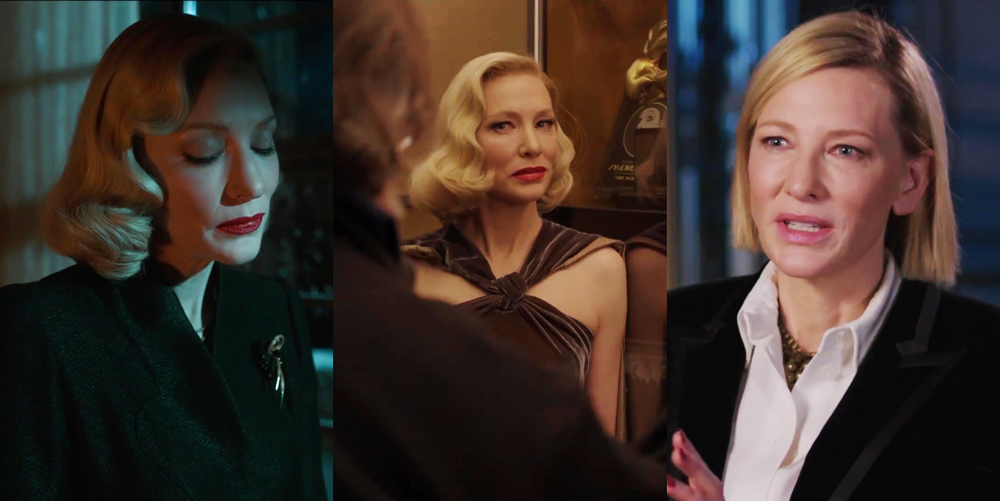
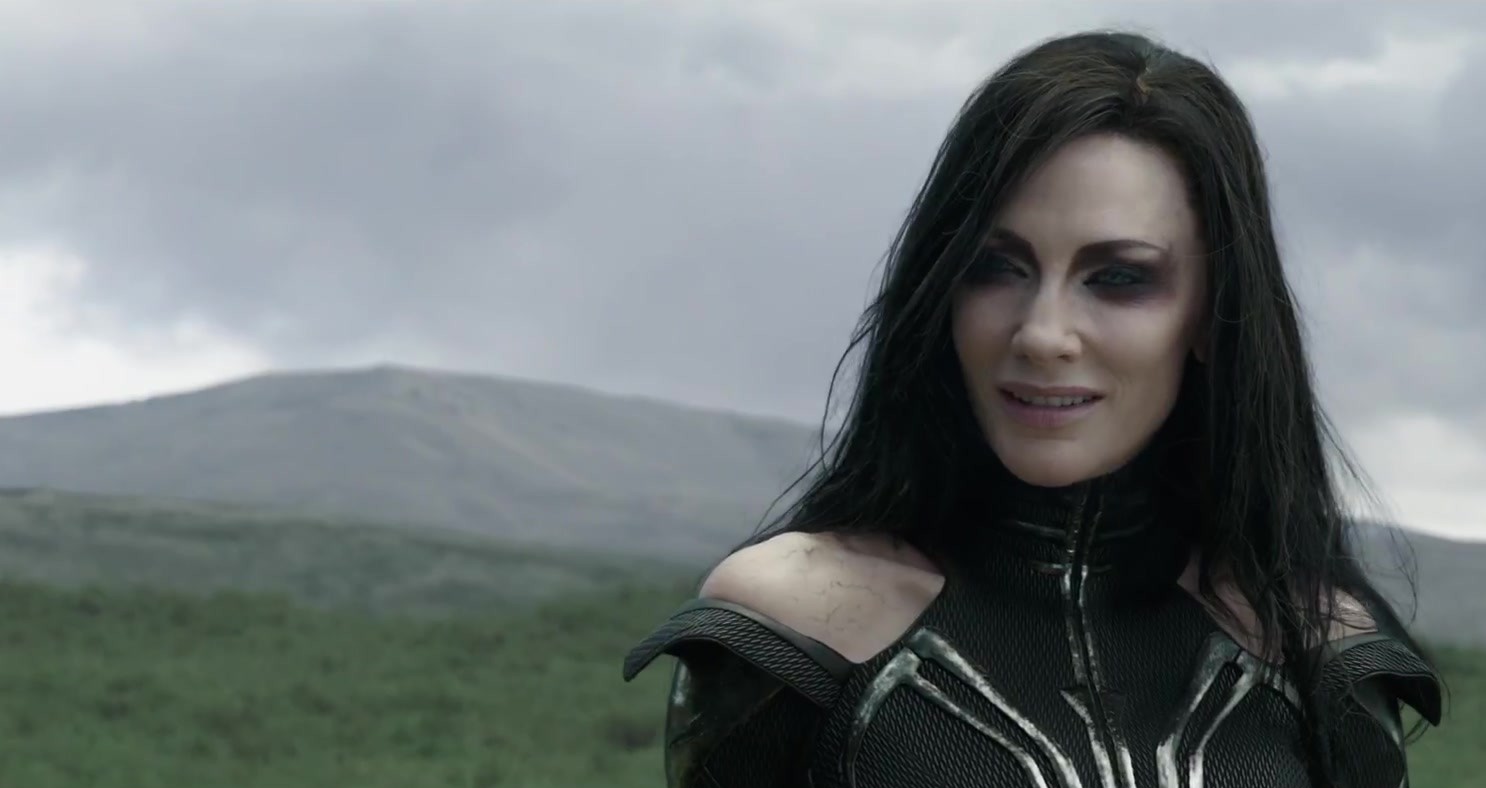
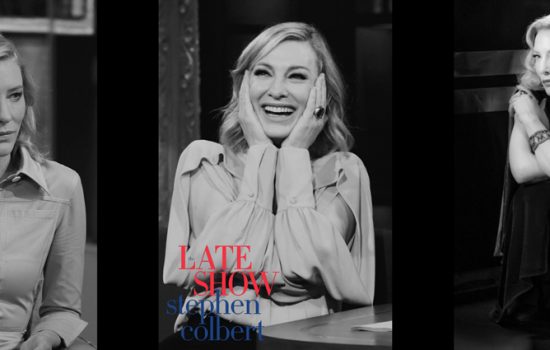

 A Manual for Cleaning Women (202?)
A Manual for Cleaning Women (202?) Father Mother Brother Sister (2025)
Father Mother Brother Sister (2025)  Black Bag (2025)
Black Bag (2025)  The Seagull (2025)
The Seagull (2025)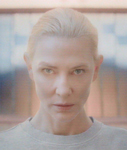 Bozo Over Roses (2025)
Bozo Over Roses (2025) Disclaimer (2024)
Disclaimer (2024) 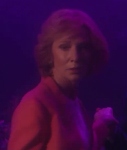 Rumours (2024)
Rumours (2024) 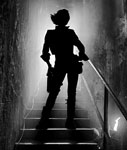 Borderlands (2024)
Borderlands (2024) 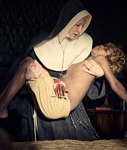 The New Boy (2023)
The New Boy (2023) 











